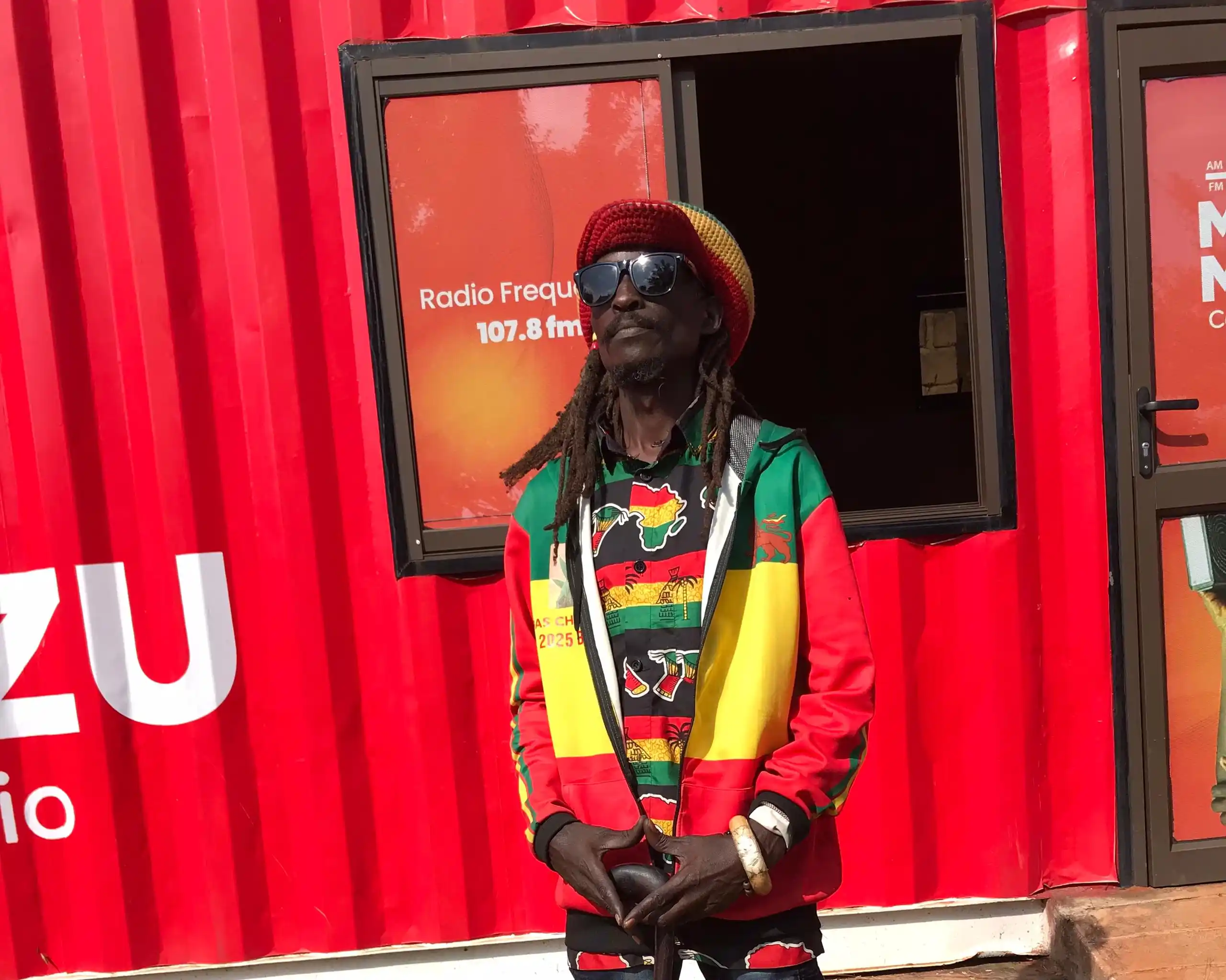Health experts have raised alarm over the growing number of children born with clubfoot in Malawi, estimating that over 200,000 children are affected — many of whom are not accessing treatment due to stigma, myths, and lack of information.
The concern was raised during World Clubfoot Day commemorations held in Mulanje, where stakeholders and community members marched from Chitakale Trading Centre to Mulanje Park to raise awareness.
The event was organised by Beit Cure Children’s Hospital, Malawi Against Physical Disability (MAP), Hope Walks, World Vision, Catholic University, and Mulanje Mission Hospital.
Speaking at the event, Beit Cure Physiotherapy Manager Shadreck Chilupsya said clubfoot is a treatable condition, yet many children are hidden or left untreated due to cultural misconceptions.
“It’s unfortunate that some people still believe this condition is a result of witchcraft. This belief causes unnecessary suffering,” said Chilupsya, urging parents to seek treatment at health facilities as early as possible.
MAP Manager Alex Mzimkambani echoed the call, stressing the importance of increased community sensitisation to demystify the condition and ensure children receive proper care.
As part of the event, parents of children who had successfully undergone treatment were awarded certificates. One of them, Mary Chitambuli, shared her experience and praised the health workers who helped her child walk again.
“I thank Beit Cure and its partners. My child is now healthy and walking like any other. I urge fellow parents not to hide their children. Help is available,” she said.
Clubfoot is a congenital condition where one or both feet are twisted inward and downward. If not treated early — ideally soon after birth — the condition can lead to lifelong disability. In Malawi, access to specialised care is limited in rural areas, and misinformation often prevents families from seeking help. Organisations like Beit Cure and MAP are working to bridge this gap by offering free or low-cost treatment and raising awareness.








0 Comments